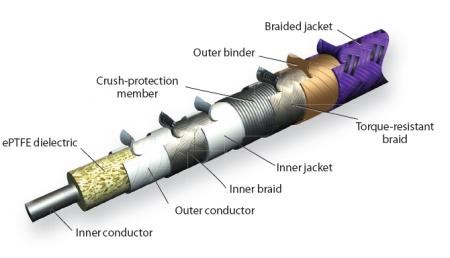Many believe that solar energy is the ideal path to ensuring a green, sustainable future. However, few realize that commercially, their financial viability is constantly threatening those very pioneers who boldly invest their funds into making this vision a reality.
We were recently asked to review the requirements of a 55 Mega-watt solar power plant in South India. Driving into the plant, one had to admit that the absence of smoke and noise alone made the idea of solar power appealing in contrast to its traditional coal-based variant. Things within the plant were not quite as peaceful. Despite the rated power, the plant was only operating at about 40 MW. This was because the unpredictability of sunlight made the whole operation highly subjective – with engineers having to take a call on whether or not to start the plant based on the extent of cloud cover on the horizon. Starting the plant is a 45-minute process which also consumes a lot of power. Hence, turning the plant on was both an investment in time and money. Unless the resulting power generated justifies this expense, there was no point in turning the system on. Add to this that unlike a coal-powered plant – which can run non-stop – solar plants need to shut down at the end of the day. So each day, the financial decision to turn the plant on is visited anew.
Our own inputs were called upon for two reasons. First, the client was looking for a solution to prevent the shattering of the glass reflecting panels. Panels were arrayed along a stretch, but an irregular spacing between these panels meant that in some cases, the mirrors were too close to one another. In the event of strong winds, there was a high chance that they would collide and shatter. To remedy this, we were asked to look into the prospect of making a polymer fixture that would be sturdy enough to hold the frames of the mirror panels in place. When we inquired why a simple metal rod could not be used, we were informed that the power consumed in having the panels track the sun’s movement was significant – so a metal fixture would only increase the weight further, adding to this expense.
Another area of the requirement was in the solar tracker bearing. All solar panels have a tracking mechanism to follow the sun’s movement. The mechanism that moves the panels needs to have an effective bearing element that can minimize the static coefficient of friction and endure for an extended period of time. Most specifically, solar tracker bearings need to encompass the following:
- Self-lubrication – since the volumes of these bearings tend to be large, it may not always be possible to lubricate the mechanism regularly. In such a case, self-lubricating bearings are ideal.
- Lightweight – as mentioned above, solar plants rely on pockets of sunlight in which they can effectively generate energy. Hence, the aim to maximize the output when the plant is functional is critical to the financial viability of the system. One way to do this is to use materials that place as little load on the mechanisms as possible
- UV and weather-resistant – It goes without saying that any component used in a solar tracker system will be exposed to generous amounts of sunlight. In addition to this, the effects of rain and general weathering would also need to be accommodated. Plants are usually set up with a time horizon of at least 25-30 years. It is reasonable to assume that a good bearing solution will not need replacement during this time frame.
- Wear resistance – again, the constant movement of the system entails a wear resistance bearing that will not yield during the life of the plant.
- Cost-effective – finally, the volume of bearings required in a single plant can be up to 2000 pieces per Mega-watt. This means that cost is also a criterion that must be looked into when designing the same.
The right polymer solution needs to encompass all the above properties. There currently exist a number of bearing types manufactured by companies in Europe and the USA. Most of these, we are told, rely on a combination of PA6 (Nylon 6) with either glass or molybdenum-di-sulfide. The filler materials provide the wear properties while Nylon 6 is reasonably light-weight, has good self-lubricity and is reasonably priced. In order to make the polymer UV resistant, the material is pigmented black.
In India, the interest in polymer solar tracker bearings has recently spiked. While many OEMs are keen to replicate the materials used abroad, care must be taken to ensure that the properties are all met factoring our local conditions.
Firstly, the harsher weather and heat in India calls for a more robust polymer. In addition to this, the ad hoc nature of the system means that the polymer is subjected to sudden loads, which it must be able to absorb.
While we have been recommending PA6 to a number of clients, we understand that for India, UHMWPE may be a better option. The material exhibits superior wear properties and has a coefficient of friction comparable to that of PTFE. Compared with PA6, UHMWPE is 20% lighter and is also capable of taking high loads. Finally, a price comparison would also show that UHMWPE is a more cost-effective solution.
It remains to be seen whether the adoption of UHMWPE in solar applications sees any growth. The industry is alive with activity an innovation, so perhaps it is only a matter of time.

